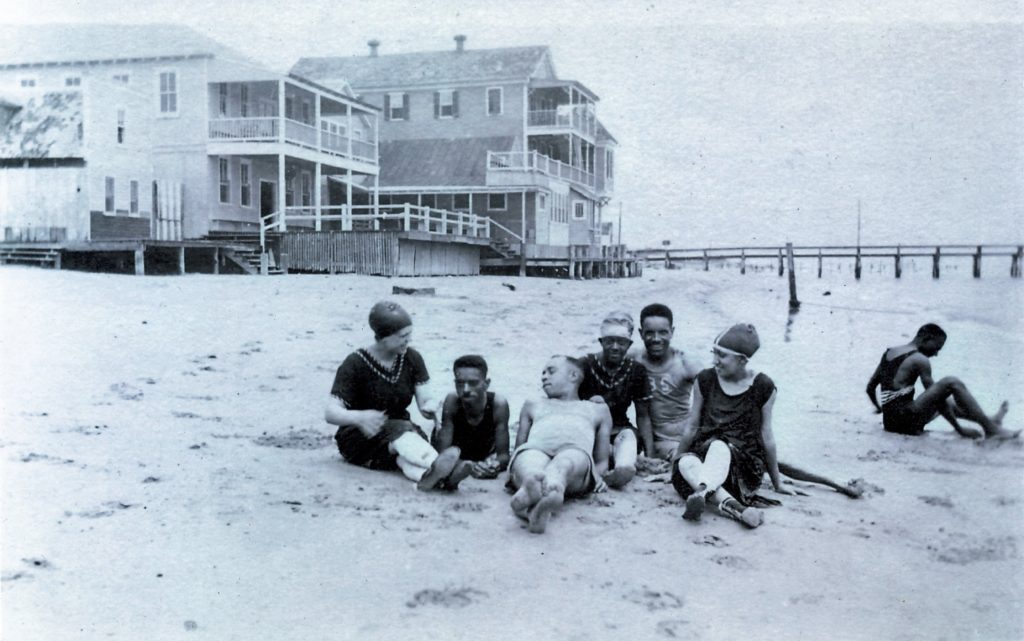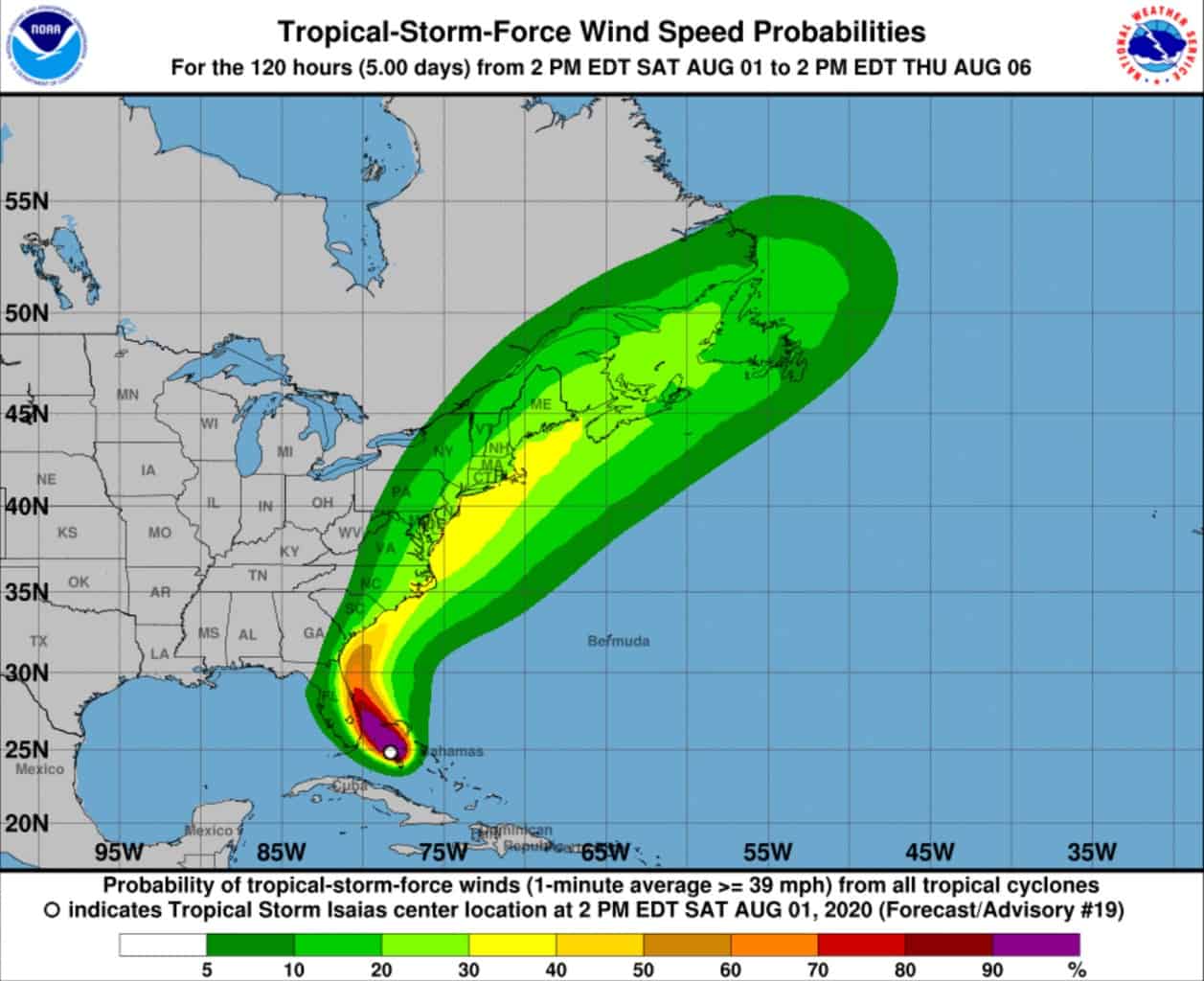It was called “The Vacation Paradise of the South” and was one of the earliest African American beach resorts in the country. You can learn all about its stimulating history in a new exhibit at the Hampton History Museum in Hampton, Virginia.
In the 1890s, beaches were segregated. Beaches in Hampton were not open to blacks. A group of professors at Hampton University decided to change that. They pooled their resources and created Bay Shore Hotel Corporation. Bay Shore purchased a few acres on the beach, between what is now Buckroe and Fort Monroe. It the beginning, there was just the beach and a cottage.
The beach was immediately popular. So popular that a three-story hotel with 70 rooms was built. They added an amusement park and music venue. There was a Ferris wheel, and a midway featuring black-owned businesses. Visitors came from as far away as New York, and the resort was especially popular with Richmond residents. As popular as the amenities were, the beach was still the primary attraction. And there was a fence on the beach. It separated the white beach at Buckroe from the African American beach at Bay Shore.
Bay Bulletin asked Allen Hoilman, the curator of the Hampton History Museum, if there were any violations or incidents caused by the line in the sand. Did anyone ever jump the fence? “We did not look real hard, but we did not find any reports of serious incidents between patrons of the white beach and the black beach. However, we discovered that young white people used to visit the Bay Shore music hall, because it had a reputation for being such a fun place to visit. And the music was really, really good,” said Hoilman. Performers there included Ella Fitzgerald, Count Basie, Cab Calloway, Duke Ellington, and Louis Armstrong.
The resort thrived and prospered for decades. It even survived the Great Depression. But it was no match for the famous hurricane of 1933. The storm literally destroyed everything. Because of inadequate insurance and a lack of cash on hand, only the music hall was initially rebuilt. Then, it was the Civil Rights Act of 1964 that put Bay Shore into even more serious trouble. Under segregation, African Americans could not visit white beaches. After the act passed, the Black community could visit any beach they wanted. As the Black population explored new venues, visitors to Bay Shore declined. The property eventually went bankrupt, and was sold to developers.
The exhibit, titled “Historic Black Beaches: Bay Shore and Other Memorable Sands,” opened this past weekend at the Hampton History Museum. You will find countless photos, memorabilia including arcade games a carousel horse, and vintage beachwear, and stories from the resort.
The museum is at 120 Old Hampton Lane in Downtown Hampton. There is free parking in the garage across from the museum. Learn more at hampton.gov/CivicAlerts.aspx?AID=4950.
–Kendall Osborne




